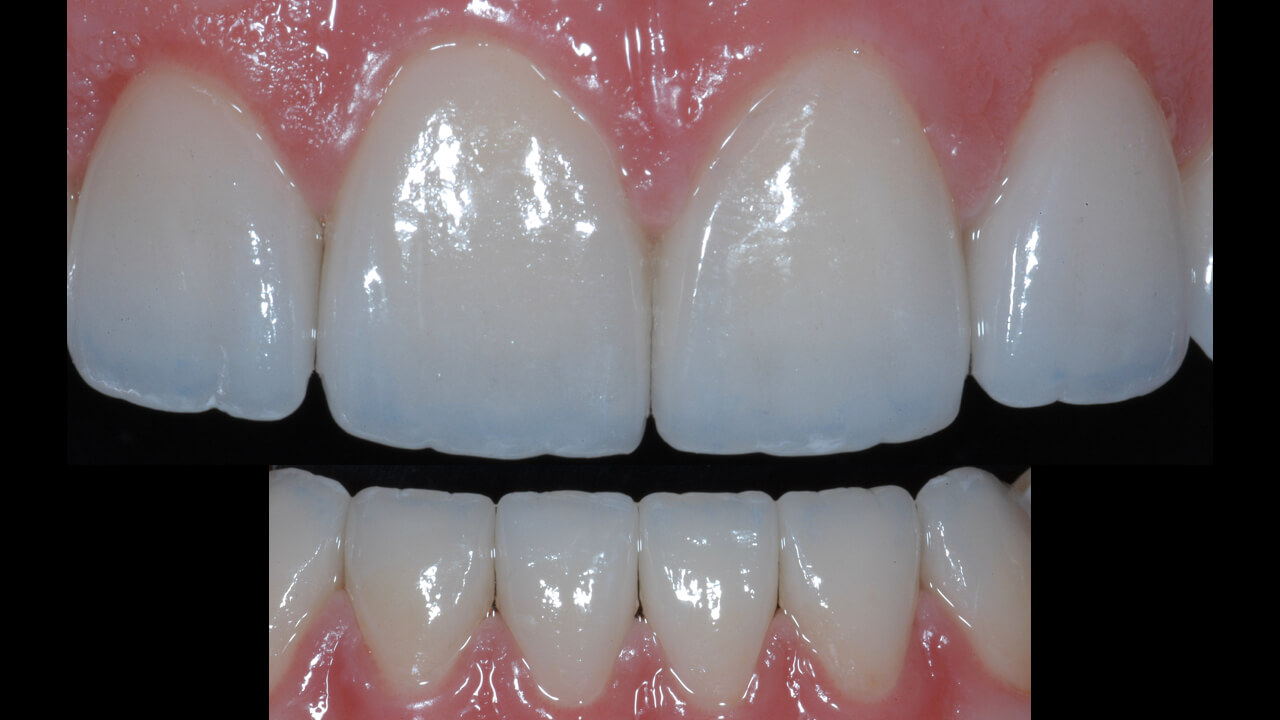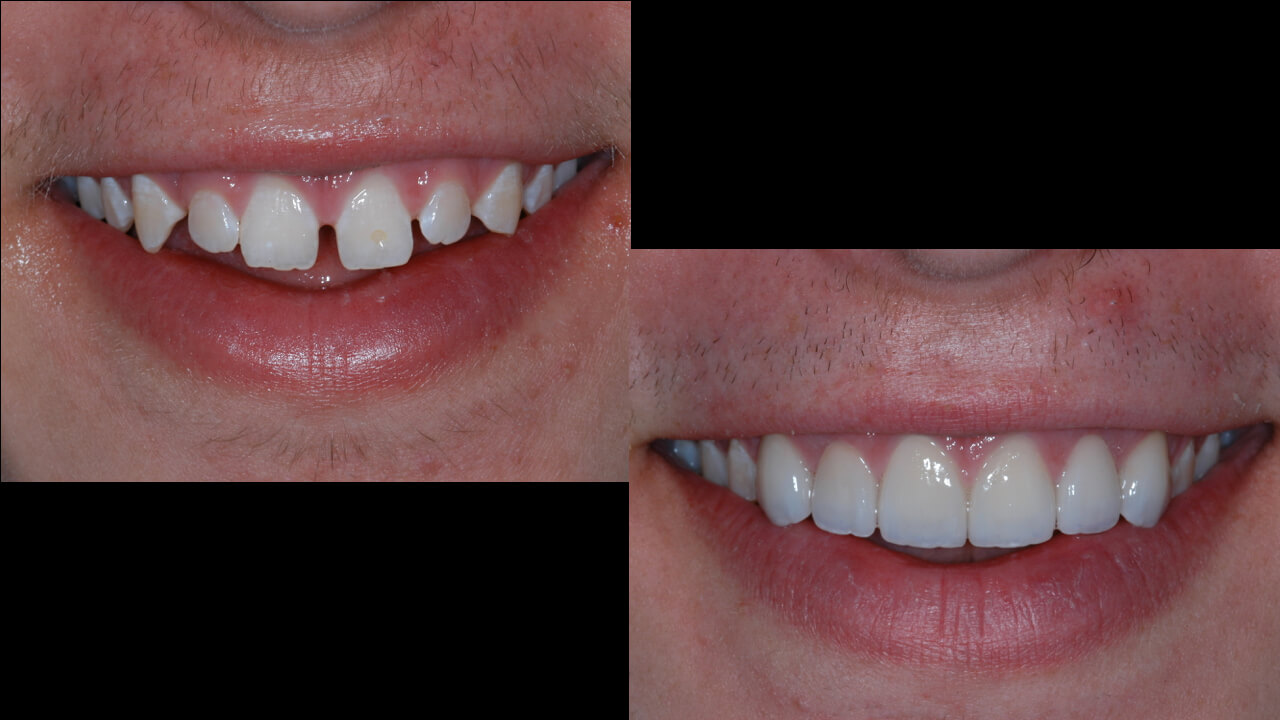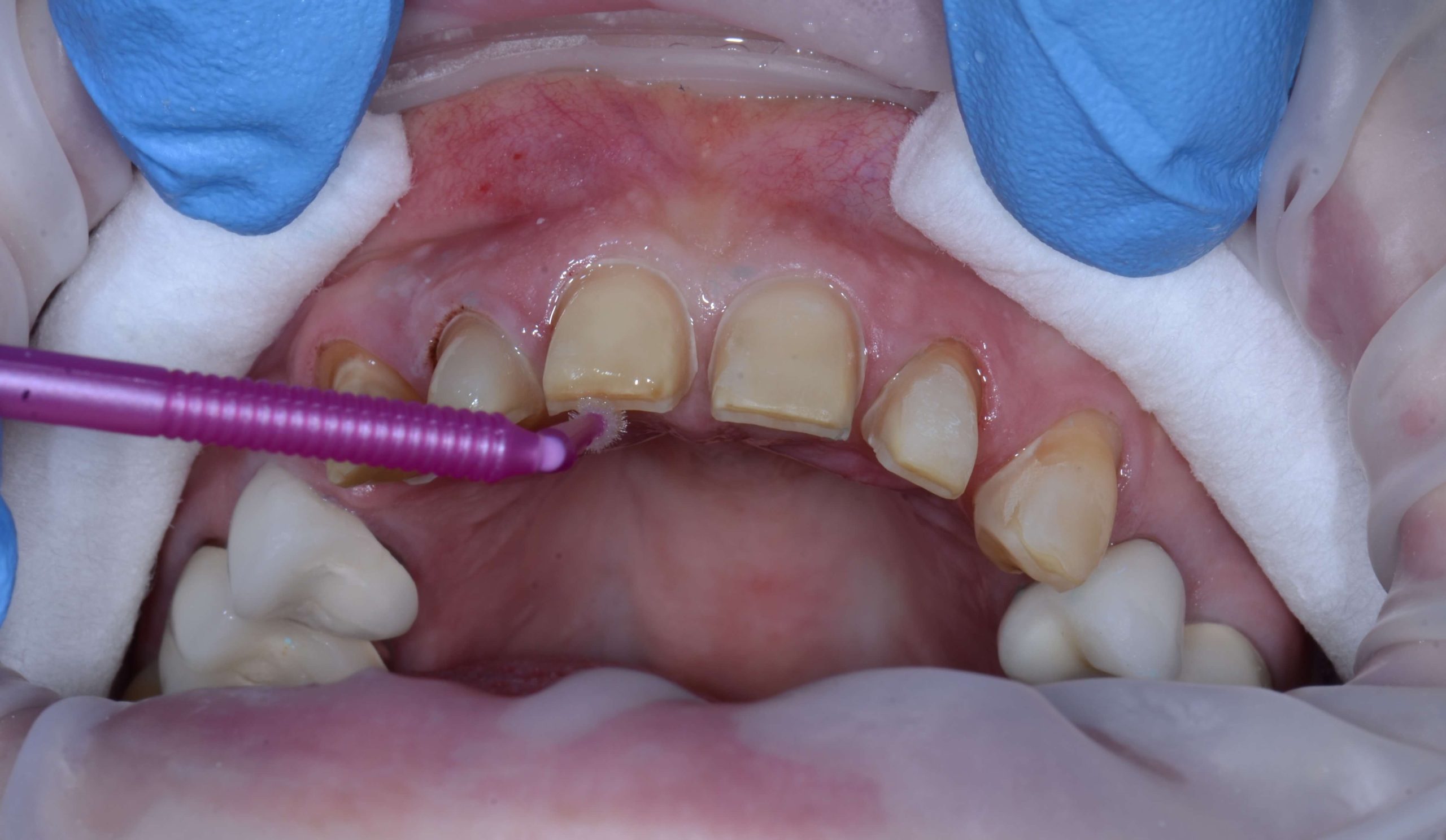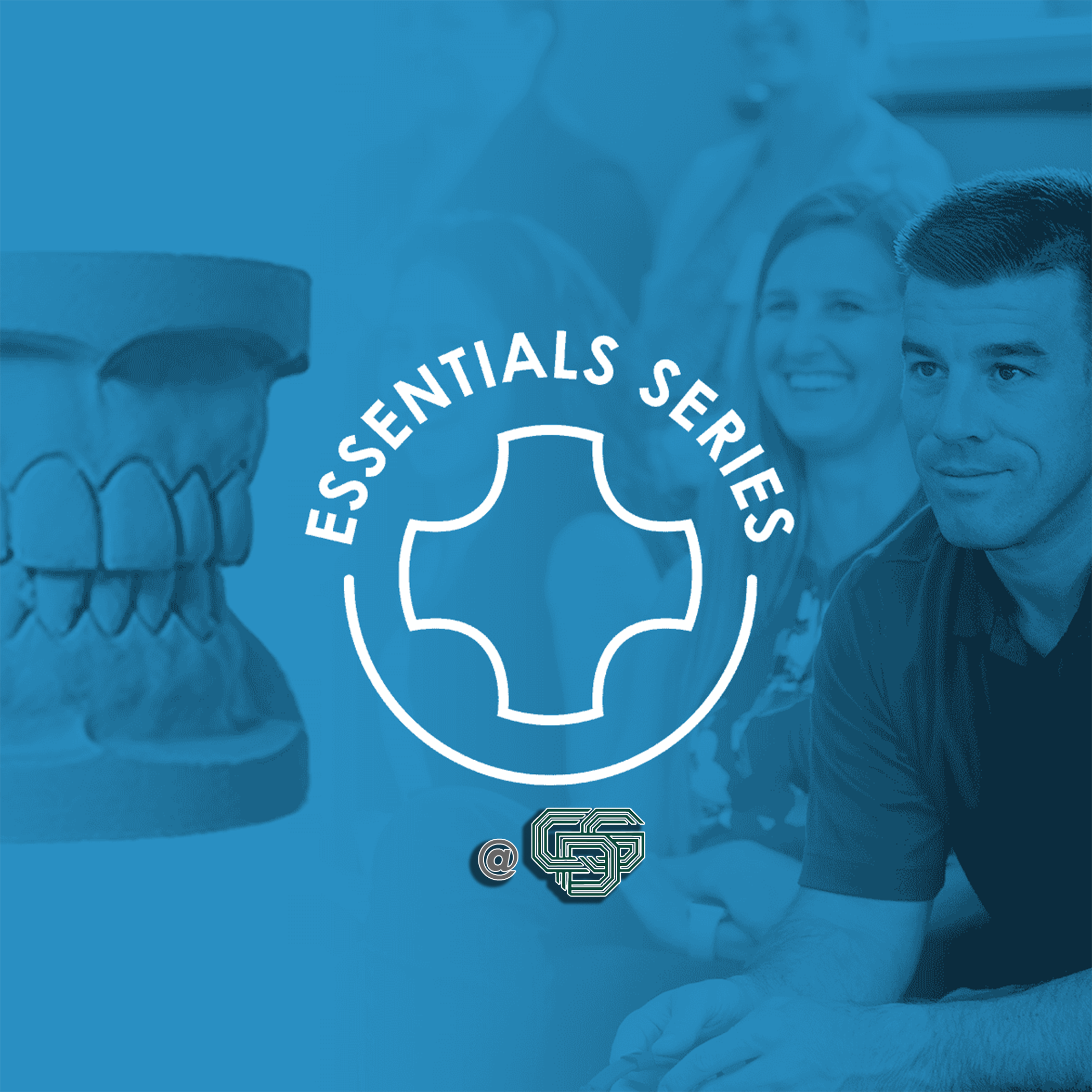Choosing the Right Associate
Are you thinking it’s time to bring in an associate and start the process of planning a practice transition?
Most dentists contemplate this matter at some point during their practice career but often struggle through the process and don’t know where to start. Taking the plunge is much easier once you feel more comfortable with your own perspective on dentistry.
As with all relationships, you have to work on you before you can offer something to another person.
The Missing Link of Choosing an Associate
After many years of private practice and four associates who stayed an average of four years each (and left for “greener pastures”), I finally figured out the missing link.
This link is a clearly written and spoken practice philosophy. It is not your mission and/or vision statements (although they are important too).
A Practice Philosophy
A practice philosophy is grounded in the 3-5 core values that describe the essence of WHO you are and WHAT you stand for. These crucial values also answer the question WHY? Why do you do what you do?
My practice philosophy is rooted in the tenets of the Philosophy of Dentistry presented by Dr. LD Pankey. Living a life of success and happiness for Dr. Pankey meant being balanced in the areas: Work (Profession) – Love (Relationships) – Worship (Spirituality) – Play (Recreation).
My philosophy is similar to Dr. Pankey’s, but also incorporates the values of Excellence, Integrity and Life-long learning. For me, being very clear in my principles and ideals made it much easier to evaluate and assess all potential candidates who considered joining me in my practice.
Before embarking on the process to find the right associate/partner for your practice, ask yourself if you are clear on your core values and practice philosophy.
Don’t miss Dr. Crete’s writing on 6-handed bonding restorations and his favorite dental material.
Related Course
E3: Restorative Integration of Form & Function
DATE: August 11 2024 @ 8:00 am - August 15 2024 @ 2:30 pmUnderstanding that “form follows function” is critical for knowing how to blend what looks good with what predictably functions well. E3 is the phase of your Essentials journey in which…
Learn More>















